We’re excited to introduce you to the always interesting and insightful Shelby Olson. We hope you’ll enjoy our conversation with Shelby below.
Hi Shelby, thanks for joining us today. Learning the craft is often a unique journey from every creative – we’d love to hear about your journey and if knowing what you know now, you would have done anything differently to speed up the learning process.
There are a few ways to become an interior designer. My path included earning a Bachelor of Science degree in Interior Design, coming from a construction background, and working in many roles that all support the business I have now.
I started my college career at Luther College in Decorah, IA. Though I loved my time there, once I decided Interior Design was the right career path, I knew I would need more technical skills that weren’t offered on campus. I transferred to the Art Institute of Minnesota and graduated in 2017. Throughout my college career, I held a few jobs that were giving me on-the-job training. I worked for Home Depot as a Kitchen and Bath Designer, at a local flooring store as a Designer and Manager, and at Studio M Interiors (previously Mingle) as a Plumbing and Hardware Specialist. These positions helped me learn about products, specifications, and how those individual pieces complement the bigger picture of a project. I was learning other styles, theories, and technical skills in the classroom that supported my day jobs and furthered my desire to be an Interior Designer who considered all of the puzzle pieces, not just one at a time.
After college, I worked as an Interior Designer for a Hospitality Design Firm and moved on to a Commercial Furniture Company where I was also an Interior Designer. All of these positions taught me about different types of design, different methods and processes, and just as important as what to do, these positions also taught me what not to do in the design process.
While working at the Commercial Furniture Company, I studied and completed the NCIDQ (National Council of Interior Design Qualifications). This certification is required in some states and proves a designer’s expertise in understanding and applying current codes established to protect public health, safety, and welfare. The exams test this expertise in building systems, codes, construction, standards, contract administration, design application, professional practice, and project coordination.
These are all the ways I learned how to do what I do today.
As I mentioned before, there are many routes to becoming an Interior Designer. In Minnesota, where I’m from and practice, you’re not required to have a degree or be a certified designer with the state in order to become an Interior Designer. Depending on the type of designer someone wants to be, there are general standard applications, programs, and understandings companies prefer having in place to make the client experience seamless and successful. However, I know many wonderful, skilled, successful designers who haven’t completed a degree or taken any classes in Interior Design.
I would mention there is a difference between Interior Designers and Interior Decorators. Designers can decorate, but most of the work consists of “hard” finishes like flooring, cabinets, countertops, lighting, and plumbing fixtures and can include structural changes to a space. Decorators are focused on the “soft” finishes of a space like furniture, wall décor, and paint colors. Both are necessary and can complement each other, but they flex different skills and experiences.
I learn something new in every project I work on. It doesn’t matter how big or small the project is, there is always a different source to find, a different finish to consider, and a different problem to solve. I love what I do and the clients I work with. I wouldn’t change my journey because it’s cultivated who I am today and how I serve the clients I work with.
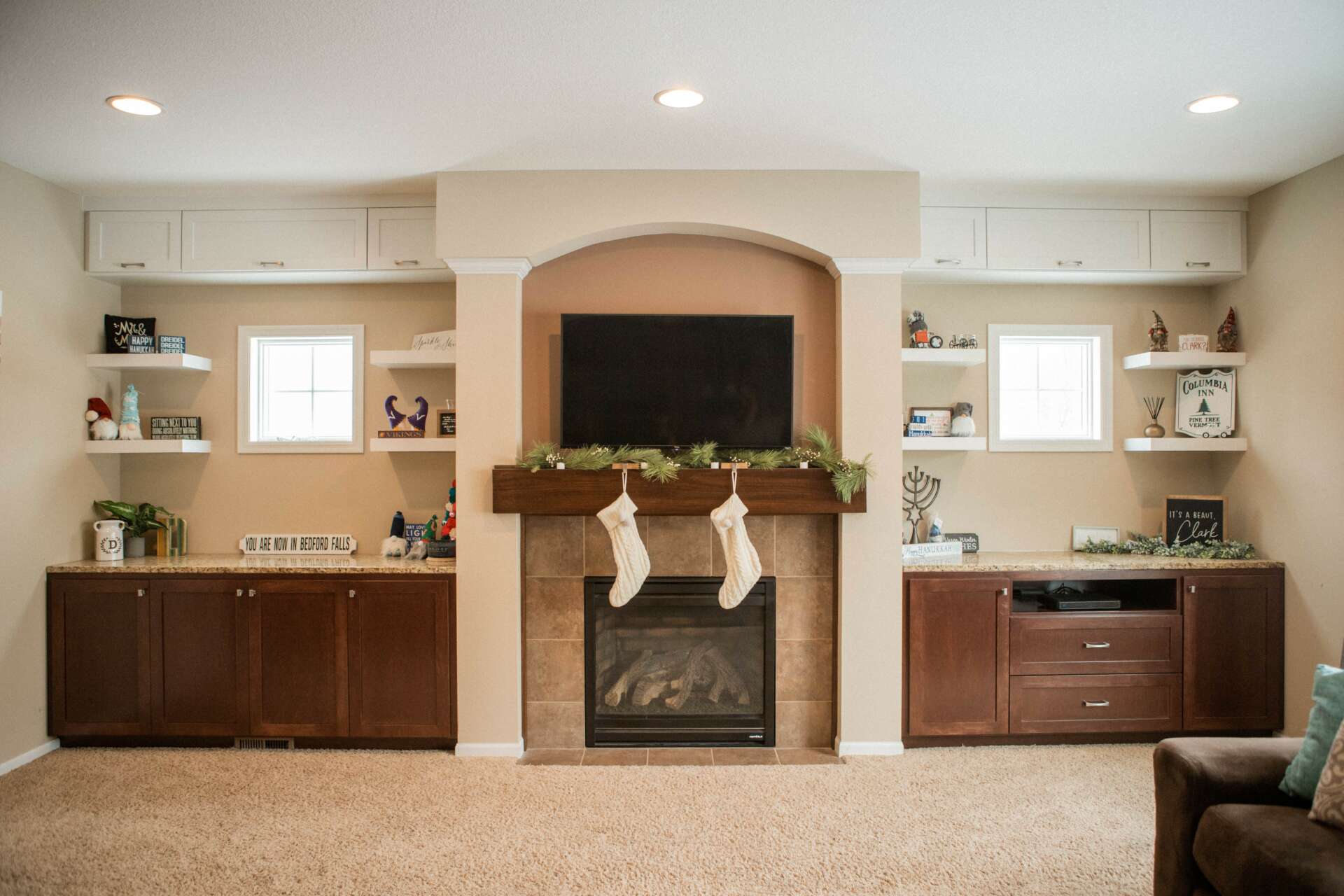
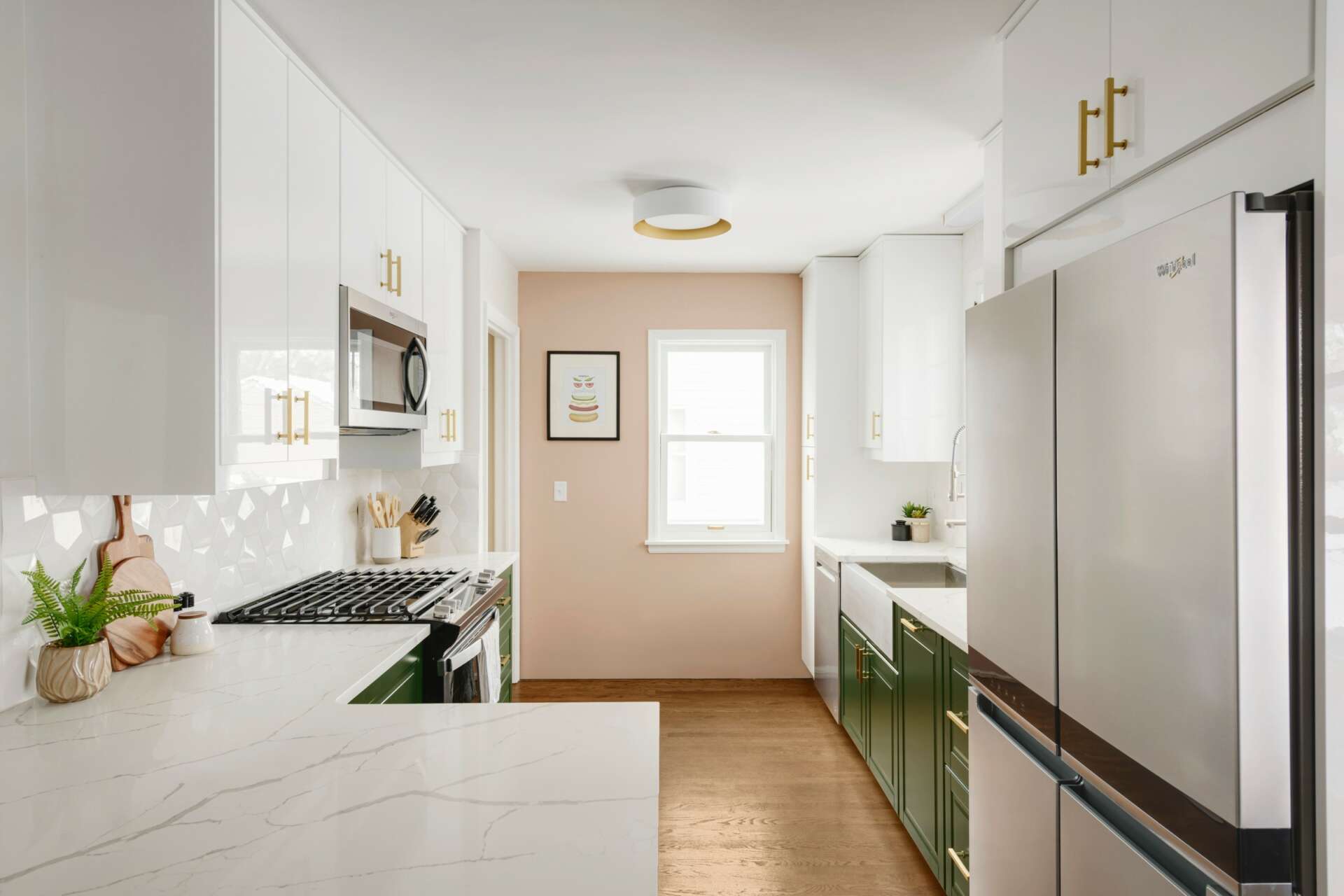
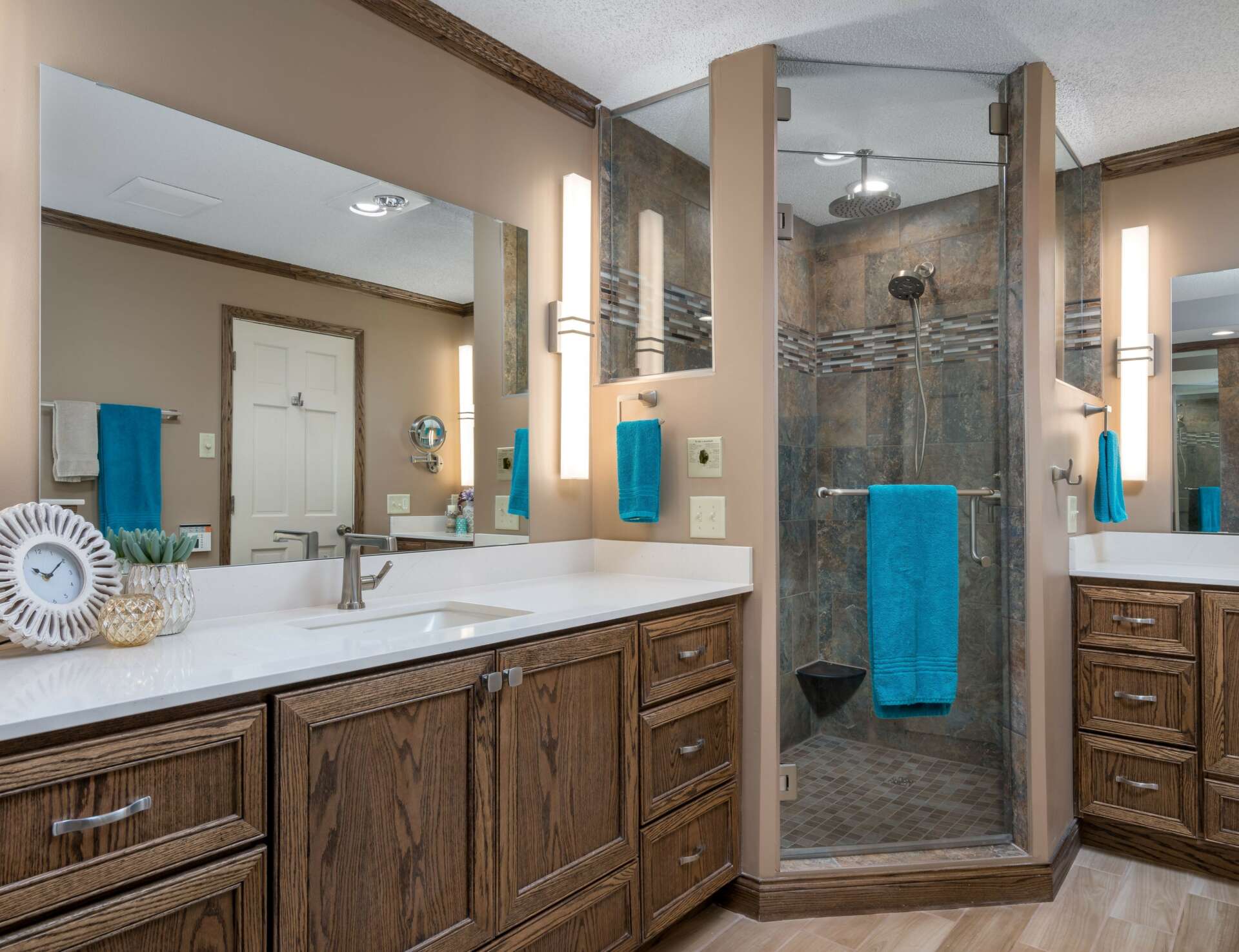
Awesome – so before we get into the rest of our questions, can you briefly introduce yourself to our readers.
My name is Shelby. I’m married to my wonderful husband, Max, and we live in Minneapolis, MN with our adorable Australian Shepards: Huckleberry and Blueberry.
My dad is a residential general contractor, which is where my love of design and construction began. I started my “official” career in design in 2015, graduated with a Bachelor of Science degree in 2017, and have held many positions since then. After 6 years of entering the design community, I started my own residential interior design company.
As the owner and interior designer of Larson Interiors, LLC, I work with homeowners to help them realize the full potential of their remodeling investments by creating functional, yet aesthetically pleasing spaces.
I value transparency, affordability, and creativity throughout the design process to achieve a stunning end product you can’t stop raving about. From beginning to end, I provide a no-nonsense approach to guide you through the process for the most successful project possible. As an NCIDQ-certified designer, you will receive a knowledgeable, professional, and client-focused experience.
Most of my projects fall into 5 categories:
1. Kitchen Refresh. This may include refacing and painting the existing cabinets, upgrading countertops and plumbing fixtures, and possibly replacing flooring and light fixtures. Most clients will fall in this category if they like the layout and functionality of their kitchen, but don’t love the finishes of their space. This is a lower-cost option to update a kitchen.
2. Kitchen Remodel. This includes replacing everything down to the studs. Taking everything apart, working through layout updates, functionality, and aesthetics. This is a higher-cost option but improves everything you don’t like about your space.
3. Bathroom Remodel. It’s a little harder to only “refresh” a bathroom because they are typically smaller spaces where everything is well connected. Where you make one update, the other finishes look dated or don’t complement the updated fixture anymore. A full remodel insures that the proper waterproofing is in place for a long-lasting return on investment.
4. Basement Finishing/Remodel. In Minnesota, almost every home has a basement. Many of those are unfinished, but as more clients need more space, this is a great option to expand the square footage of a home and increase the bedroom and bathroom count. Most of the basements I work on include 1-2 bedrooms, a three-quarter to a full bathroom, a living space, laundry/utility, and possibly a feature like a built-in entertainment center or wet bar.
5. Bedrooms, Offices, Living Rooms, Dining Rooms, Furniture, and Décor. This is the “everything else” category. Anything inside of your home, I love to work on. These are categories that most clients don’t have at the top of their priority list, but can completely transform the look, feeling, and functionality if the space is focused on!
In any project type, I help clients cut through the overwhelming noise of product selections, layout considerations, and how to execute the project well. The clients I work with often have full and busy lives. They don’t have the additional time to plan, design, budget, schedule, and install their projects. By working with me, I help bring their visions to life and keep their projects on schedule and on budget. I don’t have project minimums and I don’t have one focused aesthetic type. I’m always the most excited and proud of a project when the clients are jumping with joy that their dream space has come to life and that the functionality of their space has been improved.
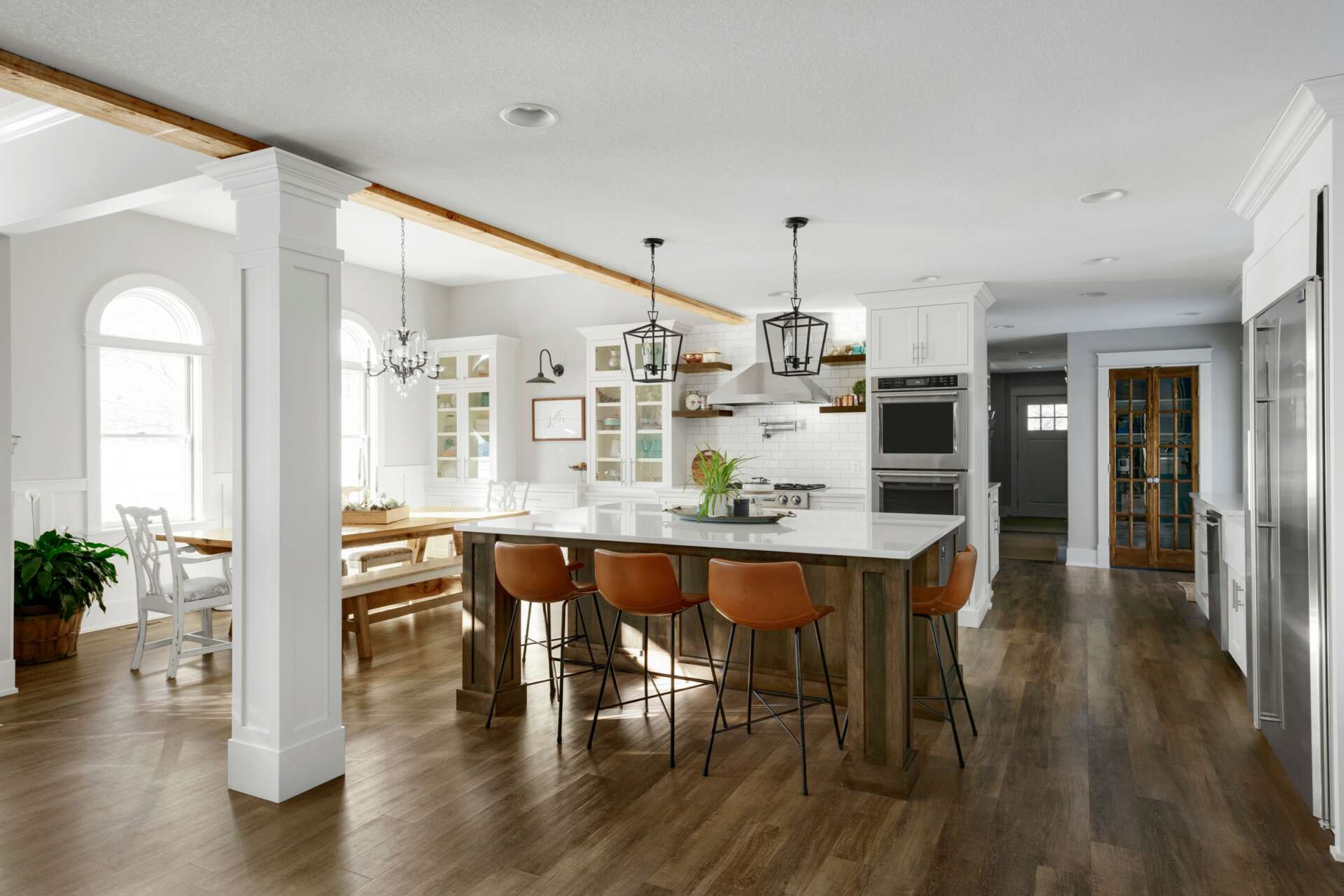
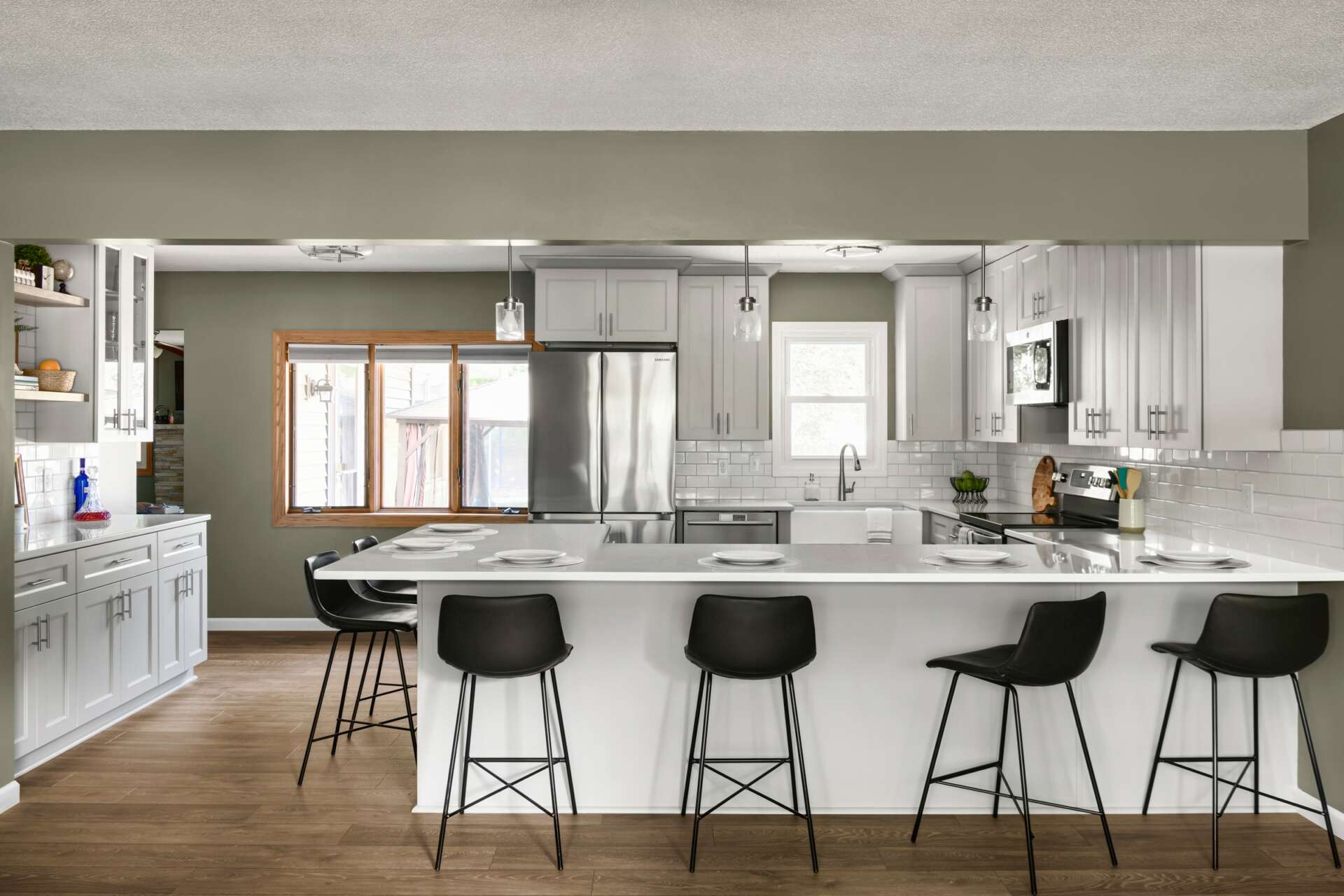
What’s been the most effective strategy for growing your clientele?
Truly, the most effective strategy has been a combination of networking, referrals, and social media marketing. When I knew I wanted to start my own residential design business, I knew I wouldn’t be able to do it without these pillars.
Having a network isn’t just about finding new project leads, it’s about business support, the community, and building long-lasting relationships.
Being transparent with clients, friends, family, and networking connections builds up credibility and trustworthiness for referrals to come. The best part of my job is making great connections and knowing that they trust me enough to recommend me to their friends, family, and colleagues! What better review than a referral?
Social media also plays a big part of my business. It’s a mini portfolio of my work, my personality, and my process. It’s an almost instant presentation for potential clients to research if I’m the right fit for their project before ever contacting me.
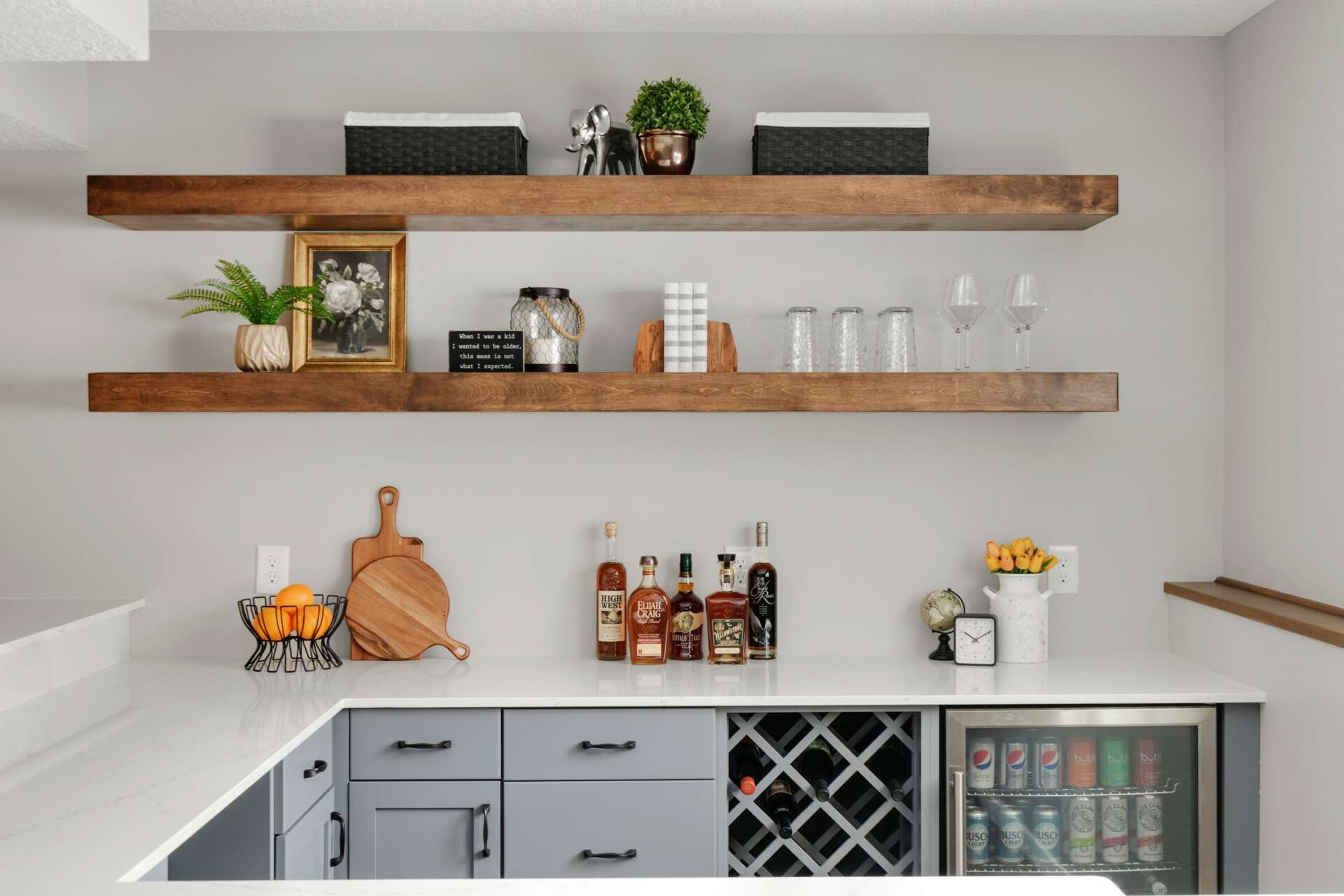
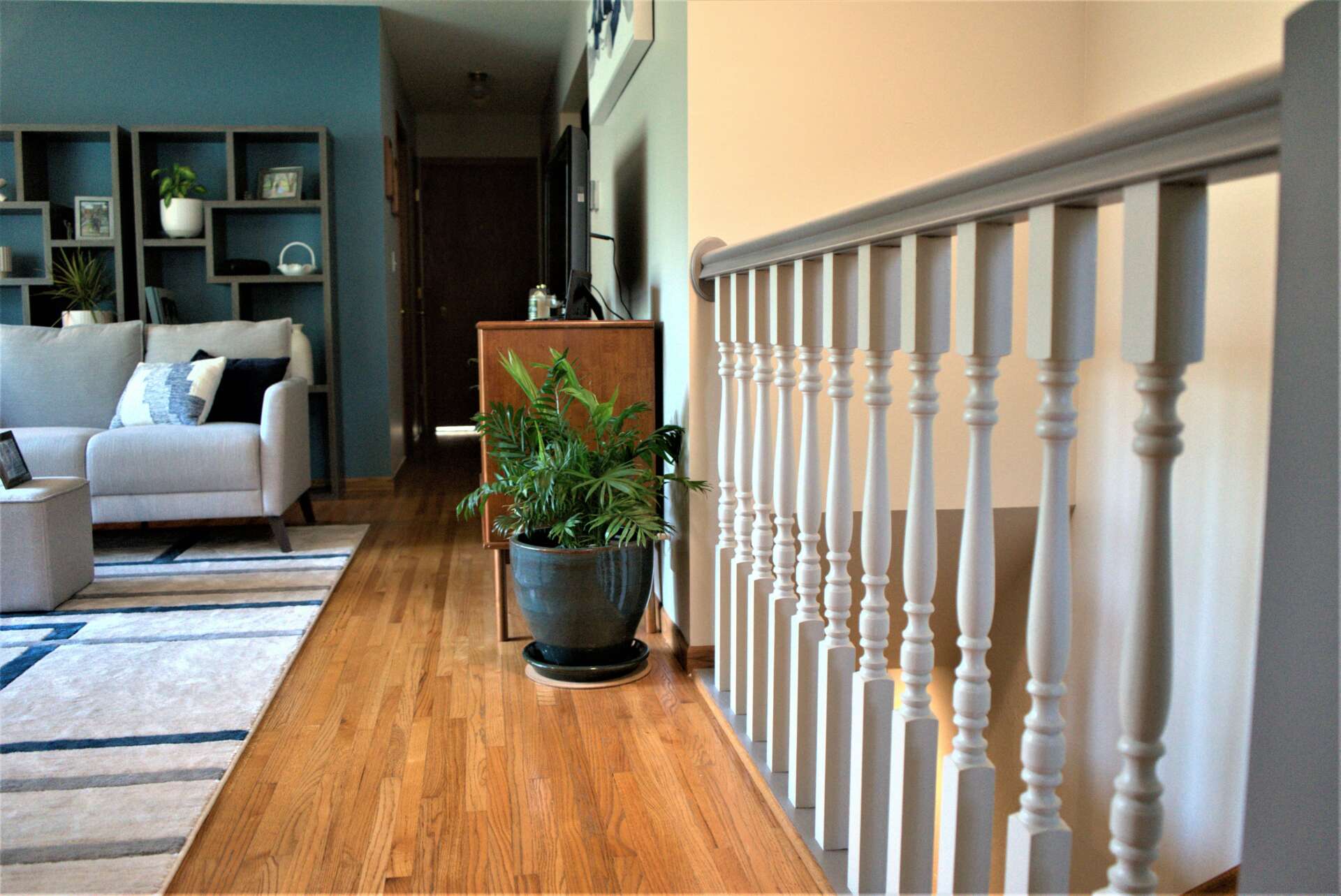
Is there mission driving your creative journey?
My mission in my creative journey is educating people on Interior Design and also making it attainable for anyone to work with me. I think it is so important that good design is accessible because it really does make a huge difference in how a home can function.
Unfortunately, I think there have been a lot of unrealistic expectations given by television shows. They are wonderful for project inspiration, but those series don’t show all of the details, the process, and some of the true costs of remodeling.
Helping clients understand realistic expectations is a large portion of my job. I love educating clients, bringing them along in the process, giving them options, and providing a great service at an attainable price.
Contact Info:
- Website: https://www.larson-interiors.com/
- Instagram: https://www.instagram.com/larson_interiors/
- Facebook: https://www.facebook.com/LarsonInteriors/
- Other: https://linktr.ee/larsoninteriors
Image Credits
Spacecrafting Photography


